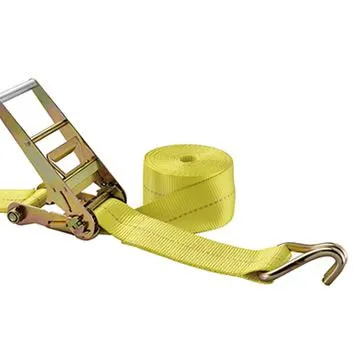Nov . 27, 2024 06:37 Back to list
High-Performance Mineral Fiber Board for Enhanced Insulation and Durability
Micore 300 Mineral Fiber Board An Overview of Its Features and Applications
In the realm of construction and interior design, the quest for materials that blend functionality, sustainability, and aesthetic appeal is ceaseless. Among the innovative products that meet these criteria is the Micore 300 mineral fiber board. This unique material has gained recognition for its exceptional characteristics, making it a preferred choice for a variety of applications.
Composition and Properties
Micore 300 is a high-density mineral fiber board made primarily from recycled materials. Its formulation includes natural fibers and a small percentage of binders, resulting in a product that is both lightweight and robust. The board is designed to be non-combustible, which significantly enhances its safety credentials, particularly in commercial settings. Its fire-resistant properties are essential for meeting building codes and safety regulations, making it an ideal choice for projects where fire ratings are a primary concern.
In addition to its fire-resistant nature, Micore 300 excels in sound absorption. The porous structure of the mineral fibers allows it to effectively dampen sound, making it a popular choice for applications requiring acoustic control. This quality is particularly beneficial in environments such as schools, offices, and auditoriums, where noise reduction is crucial for comfort and functionality.
Another significant advantage of Micore 300 is its thermal insulation properties. The board helps in maintaining temperature by minimizing heat transfer, which contributes to energy efficiency in buildings. This characteristic not only aids in reducing heating and cooling costs but also supports sustainability efforts by lowering energy consumption.
Micore 300 Mineral Fiber Board An Overview of Its Features and Applications
The versatility of Micore 300 mineral fiber board allows it to be used in various applications across different sectors. One of the primary uses is in interior walls and ceilings. Its lightweight nature makes it easy to handle and install, while its fire and sound insulation properties ensure a safe and comfortable environment. In commercial settings, such as offices, restaurants, and retail stores, Micore 300 is often utilized as a component in suspended ceiling systems, helping to create aesthetically pleasing and acoustically comfortable spaces.
micore 300 mineral fiber board

Micore 300 is also increasingly being used in the art of exhibition design. With the growing emphasis on creating immersive experiences, trade shows and exhibition spaces require materials that not only perform well acoustically but also provide a visually appealing backdrop. The board can be easily customized with paint, finishes, or fabric, allowing designers to create unique displays tailored to specific themes or brands.
In addition to its use in interior applications, Micore 300 has found a place in the industrial sector as well. Its non-combustible nature and thermal insulation properties make it suitable for high-temperature environments, such as boiler rooms and mechanical rooms. Protecting equipment with Micore 300 can extend its lifespan and minimize energy loss, resulting in better operational efficiency.
Sustainability
Sustainability is an increasingly important aspect of modern building materials, and Micore 300 does not disappoint. Since it is composed of recycled materials, it minimizes the environmental impact associated with production. Furthermore, the long lifespan of the product reduces the need for replacement, ultimately decreasing waste in landfills.
The product is also manufactured in a way that adheres to strict environmental standards, ensuring that volatile organic compounds (VOCs) and other harmful emissions are kept to a minimum. This makes Micore 300 an excellent choice for green building projects seeking certification under various sustainability programs.
Conclusion
In summary, Micore 300 mineral fiber board offers a remarkable blend of properties that cater to the demands of modern construction and design. Its fire resistance, sound absorption capabilities, thermal insulation, and versatility make it a favored material among architects, builders, and designers. Additionally, its sustainable manufacturing process aligns with the growing shift toward environmentally responsible construction practices. As the industry continues to evolve, Micore 300 stands out as a reliable and innovative solution for a wide range of applications, effectively meeting the challenges of today’s built environment.
-
Durable Ceiling T Grid Systems | Easy InstallationNewsAug.29,2025
-
PVC Gypsum Ceiling: Durable, Laminated Tiles for Modern SpacesNewsAug.28,2025
-
Pvc Gypsum Ceiling Is DurableNewsAug.21,2025
-
Mineral Fiber Board Is DurableNewsAug.21,2025
-
Ceiling Tile Clip Reusable DesignNewsAug.21,2025
-
Ceiling T Grid Modular DesignNewsAug.21,2025







